UDCA. You’ve seen this abbreviation on forums numerous times. But how exactly does UDCA work? And how UDCA can actually help your liver survive a hardcore oral steroid cycle?
What is UDCA
First of all, the definition: UDCA, or ursodeoxycholic acid, is a type of bile acid that is naturally produced in the liver. Its main goal is to aid in the digestion of dietary fats and the elimination of waste products from the liver.
It’s a natural thing your body makes on its own, but the compound that you can buy in pills is synthesized in a lab (pretty much like injectable Testosterone).
Originally, UDCA was approved by the FDA and Health Canada to treat a whole variety of diseases:
- Primary biliary cholangitis (PBC);
- Primary sclerosing cholangitis (PSC);
- Non-alcoholic fatty liver disease (NAFLD);
- And so on.
However, it’s an all-around liver support substance, so you can use UDCA for your steroid cycles as well, to make your liver’s life a little easier.
How UDCA Works
UDCA works in three main ways to improve liver health:
- Reduce toxic bile acids;
- Improve the bile flow;
- And prevent inflammation.
UDCA helps to prevent liver cell damage by increasing the amount of "good" bile acids in the liver, which are less toxic and have a protective effect. By increasing the flow of bile, UDCA helps to prevent the formation of gallstones and lower the overall toxicity.
Finally, UDCA can help to reduce the activity of immune cells in the liver. You may think that anything associated with immunity is a good thing, but it’s not always the case: UDCA helps people with liver diseases that make immune cells OVERLY active and cause more damage than good.
The many Benefits of UDCA
Overall, over the decades of research (UDCA was first used in 1950s), we’ve learned that this substance can:
- Improve liver function in patients with primary biliary cholangitis (PBC);
- Reduce liver enzyme levels and inflammation in patients with non-alcoholic fatty liver disease (NAFLD);
- Slow the progression of primary sclerosing cholangitis (PSC);
- Improve bile flow and reduces the risk of gallstones;
- Reduce the toxic effects of “bad” bile acids on liver cells;
- Regulate cholesterol levels in the body.
The effect YOU, as a steroid user, will benefit from the most, is the increased bile flow and anti-inflammatory properties. Oral anabolic steroids are notoriously bad for the liver, and the more they “sit” there — the more damage your liver gets.
By increasing the flow and stopping inflammation, UDCA protects your healthy liver cells from the consequences of prolonged exposure to oral anabolic steroids, primarily the 17-alpha-alkylated ones (like Anadrol, Dianabol, WInstrol, or Anavar).
Where to Buy UDCA?
The compound is available without a prescription pretty much anywhere in Canada. If you’re planning an oral anabolic steroid cycle, though, you can buy UDCA right in our store. Innovagen is a reputable Canadian manufacturer and 250mg pills are convenient to take.
UDCA Dosage & Use
As it is with literally any other medication, the appropriate dose of UDCA can vary depending on the individual and the specific liver disease being treated. In general, as approved by the officials, the recommended dose for adults with biliary cholangitis (PBC) is 13-15 mg/kg/day, while the recommended dose for sclerosing cholangitis (PSC) is 20-30 mg/kg/day.
For steroid users, the dose of UDCA should be 250 to 500 mg ED over the whole duration of the cycle.
How to take UDCA?
Orally, like any other pill. We recommend dividing the dose in two administrations. Not because UDCA has a short half-life. In fact, UDCA’s half-life is 3 to 6 days. We suggest dividing the dose in halves simply because it would help those sensitive to the substance prevent the side effects.
How Much UDCA to take?
There’s no way you can overdose on UDCA. In fact, all the official instructions to UDCA and UDCA-based compounds suggest that the worst that can happen to you in case of an overdose is diarrhea.
Start at the lower dose of 250mg ED once a day. See how your body reacts to it. In case things go well, up the dose a bit (or significantly, up to 2 full administrations of 250 mg). You’re unlikely to experience any discomfort. In this more recent study on UDCA, patients took up to 1000mg ED — so you’ll be OK with anything between 250 (minimal effective dose) and 500mg (anecdotally the highest side effect-free mark).
Taking steroids and UDCA at the same time?
In short, it’s 100% OK: taking steroids and UDCA at the same time is encouraged since it’s beneficial for your health, both in the moment and in the long run. There is no known interaction between UDCA and anabolic steroids. Just the lowered damage to the liver as the result.
Other Drug Interactions
UDCA should not be taken with aluminum-containing antacids, as they can decrease the absorption of UDCA and reduce its effectiveness. Other medications that can interact with UDCA are bile acid sequestrants:
- Cholestyramine;
- Colestipol;
- Colesevelam.
None of the interactions are truly dangerous, though: they just can decrease the absorption of UDCA.
UDCA Side Effects
Here’s a short summary of all the side effects you can expect if you tolerate UDCA exceptionally bad:
- Diarrhea;
- Upset stomach;
- Nausea;
- Hair loss;
- Headache;
- Dizziness.
These side effects are usually mild and go away on their own within a few days, though. In rare cases, UDCA can cause more serious side effects, such as liver damage or an allergic reaction, but we’re talking about EXCEPTIONALLY rare cases. Overall, UDCA is well-tolerated.
TUDCA vs UDCA — Which is Better?
UDCA and TUDCA are both forms of bile acids that have been studied for their potential benefits in promoting liver health.
UDCA is the more widely studied of the two and has been used for decades to treat various liver diseases. TUDCA, on the other hand, is newer and less researched.
While both UDCA and TUDCA have been shown to have potential benefits for liver health, there are some key differences between the two:
- UDCA is primarily used to treat primary biliary cholangitis (PBC), while TUDCA has been studied more for its potential benefits in treating non-alcoholic fatty liver disease (NAFLD);
- UDCA is long-approved by the FDA and Health Canada, TUDCA is considered a supplement;
- TUDCA may have stronger antioxidant effects;
- TUDCA has also been shown to have potential benefits for mitochondrial function and may have neuroprotective effects.
While some athletes believe that TUDCA may have advantages over UDCA due to its stronger antioxidant effects, more research is needed to state something like that as a fact.
Sources:
- Ursodeoxycholic acid: a safe and effective agent for dissolving cholesterol gallstones [https://pubmed.ncbi.nlm.nih.gov/7051912/];
- Ursoliv Prescribing Info, MIMS [https://www.mims.com/philippines/drug/info/ursoliv];
- Uses of Homan, Vinmec [https://www.vinmec.com/en/pharmaceutical-information/use-medicines-safely/uses-of-homan/];
- Molecular Mechanisms of Ursodeoxycholic Acid Toxicity & Side Effects [https://www.ncbi.nlm.nih.gov/pmc/articles/PMC3430272/].

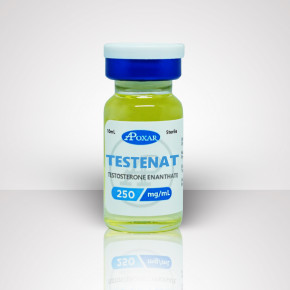
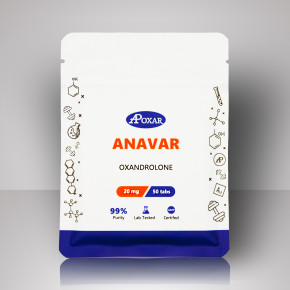
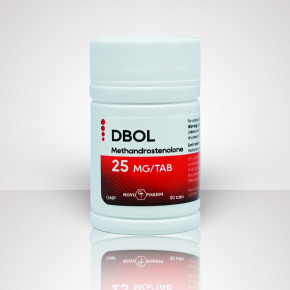
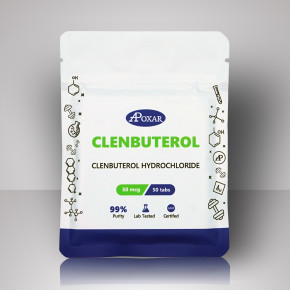
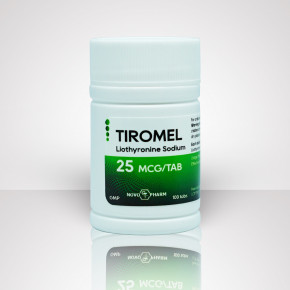
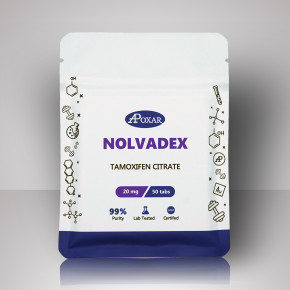
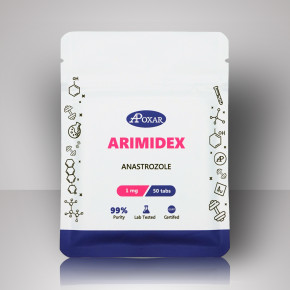
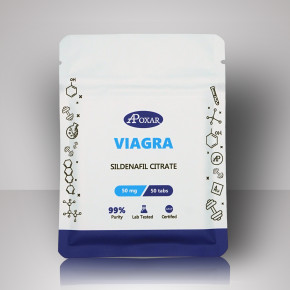
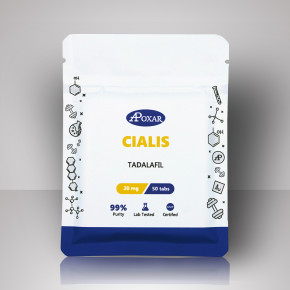
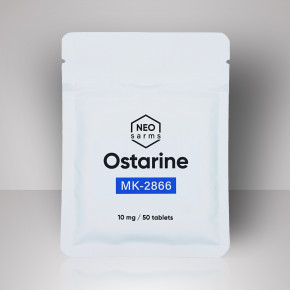
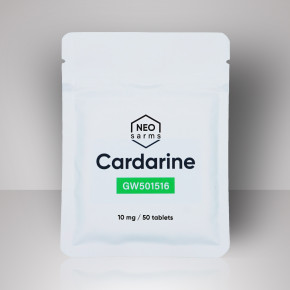
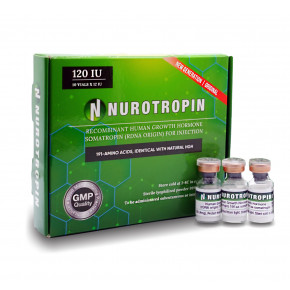
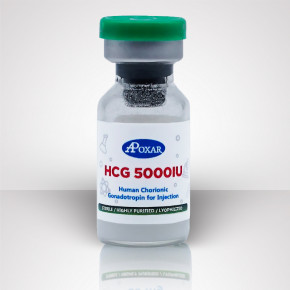
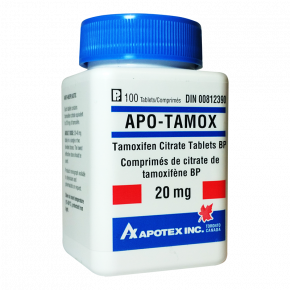
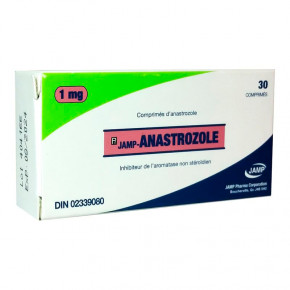
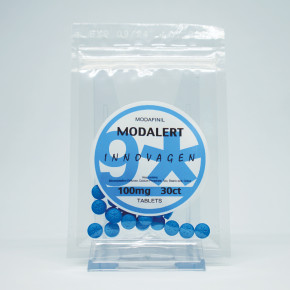
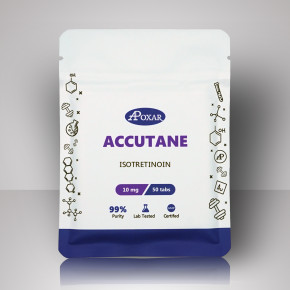
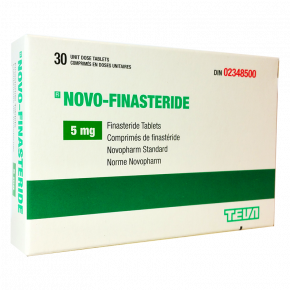
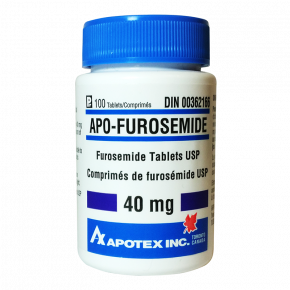
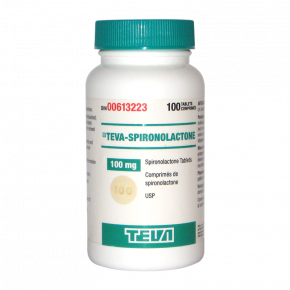

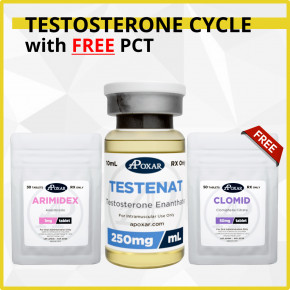
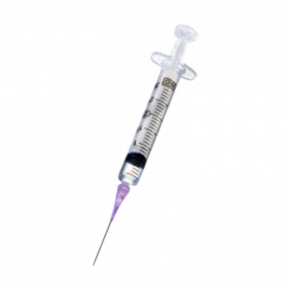
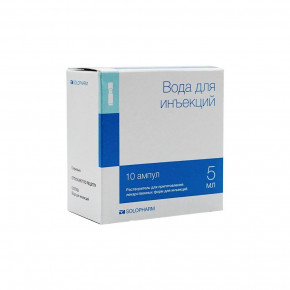

 Proudly Serving Canadians Since 2012
Proudly Serving Canadians Since 2012
